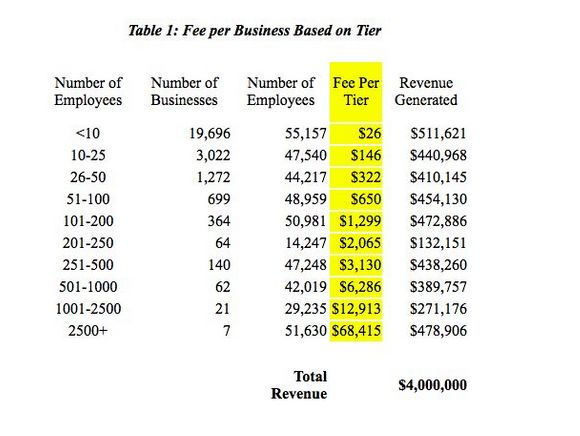The Homeless Encampment Debate 2.0, the Head Tax 2.0?, and Tim Burgess 4.0?

1. Remember the big homeless encampment debate: How council member Mike O’Brien said he wasn’t willing to sweep homeless campers off all park land unless the city first gave them legitimate offers of housing (and, he pointed out, the numbers show that we currently can’t give all 3,000-plus-and-counting homeless people legitimate offers of housing)? And how council member Sally Bagshaw was lining up behind Mayor Ed Murray’s proposal to set up four more sanctioned homeless encampments and prohibit homeless people from camping on any park land?
So, what’s the latest?
Murray’s office says they “expect to have some news very shortly.” And Bagshaw says: “Three of the four encampment sites will be preliminarily announced this week.”
Bagshaw’s human services committee will hold a hearing on the latest proposal on Wednesday, December 14. And she says the mayor’s staff will be questioned about what constitutes a definition of a legitimate offer “and the Mayor's team can explain how they are addressing people's needs.”
2. Earlier this week, in a reminder that there’s actually an upcoming election to think about, former Tenants’ Union director Jon Grant announced he’s running for Seattle City Council Position Eight, one of the two at-large seats on the council. The seat is currently held by city council member Tim Burgess. (The other is held by Lorena González.)
Grant ran against Burgess in 2015 and lost by nearly ten percentage points.
Burgess, whose been on the council since 2008, and has won citywide election three times now, hasn’t said whether he’s running again. But here’s the deal: Grant’s announcement likely nudged the veteran council member closer to the “I’m going to run” column than he was previously. Let’s just say, Burgess, who I think was ready to retire, is no Grant fan.
I have heard that if Burgess doesn’t run, another candidate, a former Nick Licata campaign manager and current council member Lisa Herbold booster, Deputy Prosecuting Attorney at the King County Prosecuting Attorney's Office, Andrew Lewis, is considering jumping in.
3. Speaking of Herbold: Her office provided me with a chart to dispute a chamber of commerce claim that her proposal for a new charge on businesses was a tax rather than (as Herbold maintains) a fee.
(The significance of the difference between a fee and a tax is that taxes are subject to constitutional and statutory limits that would make it easier for the business community to contest the new charge.)
In order to be considered a fee, the charge must pay for regulations related to the charge. Herbold is proposing the new business charge to fund the city’s Office of Labor Standards, which regulates businesses to make sure they’re complying with local workplace rules such as the $15 minimum wage law, paid sick leave, and the recent voter-approved protections for hotel workers. In that sense, Herbold’s proposal clearly meets the test that it’s a fee.
However, the chamber claimed that when you broke down Herbold’s tiered payment structure (which is based on business size—companies with over 2,500 employees, for example, would pay about $68,000 a year while companies with fewer than ten employees would pay $26), it supposedly showed that the per employee charge was different across the board. This led the chamber to make the argument that Herbold’s proposal couldn’t be paying for a regulation because regulations shouldn’t vary in cost per employee.
And that brings us back to Herbold’s chart, which, her office says, shows that when you break down the employee cost per tier, the charge is the same across the board: $9.28. Simply divide the total revenue by the total number of employees in that tier.

But the chamber still doesn’t buy it. In response to Herbold’s chart, they argue that since there would actually be different numbers of employees at the specific businesses within each tiered range, you can’t simply use the overall number of employees in that range citywide to figure out the true cost per employee.
Seattle Metropolitan Chamber of Commerce communications director Alicia Teel points out that in the first tier (less than 10 employees), for example, if all businesses within the tier are being charged $26, the per employee cost isn’t consistent. For example, a company with two employees would be paying $13 per employee while a company with five employees would be paying $5.20 per employee.
Teel concludes that since the two companies would end up paying different costs for the regulations per employee, the chamber “stands by our concern that the per-employee cost of administering this legislation would vary under the proposal.”

